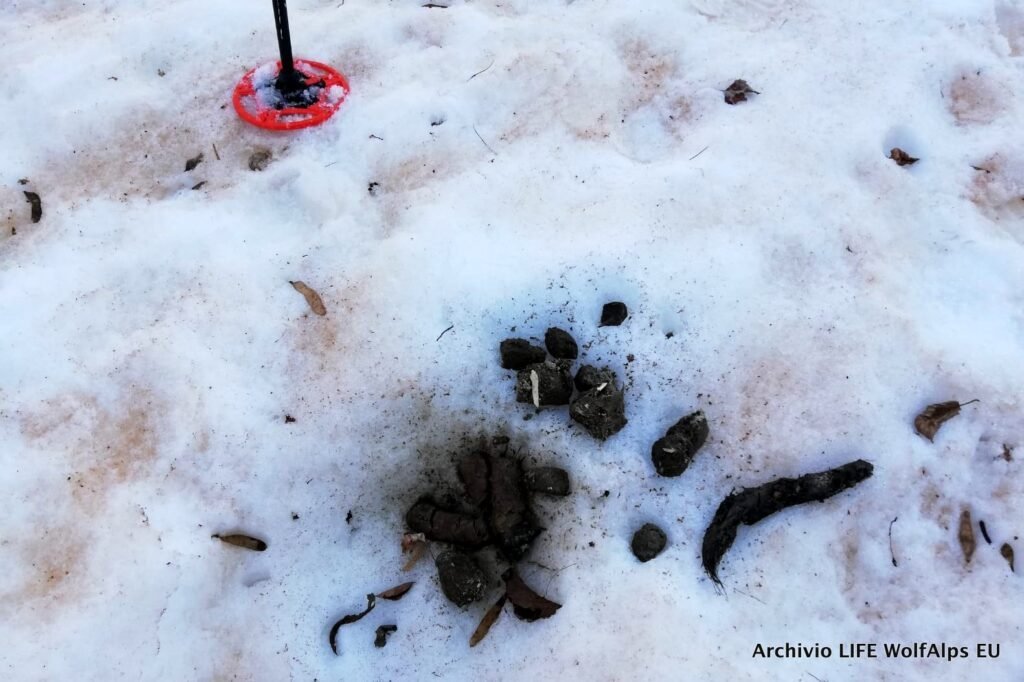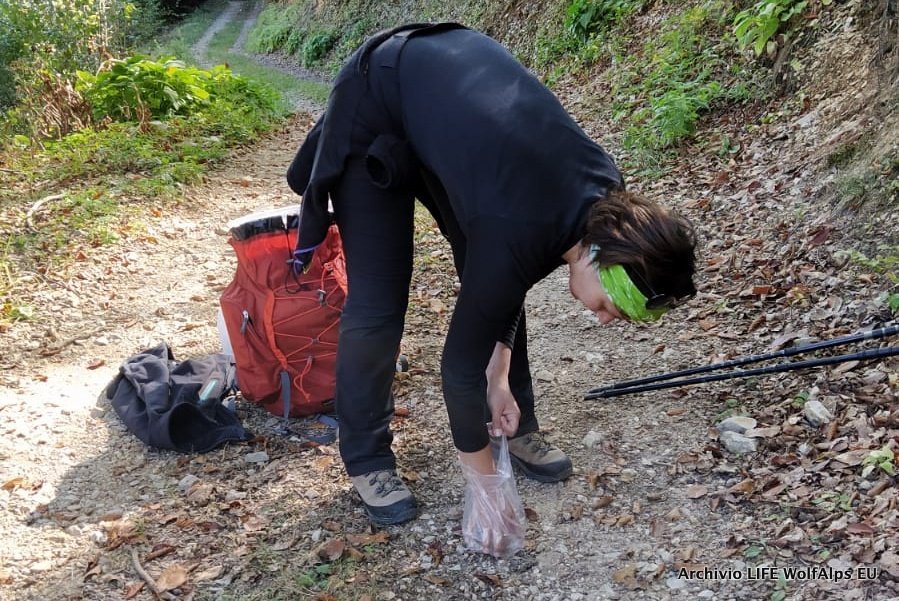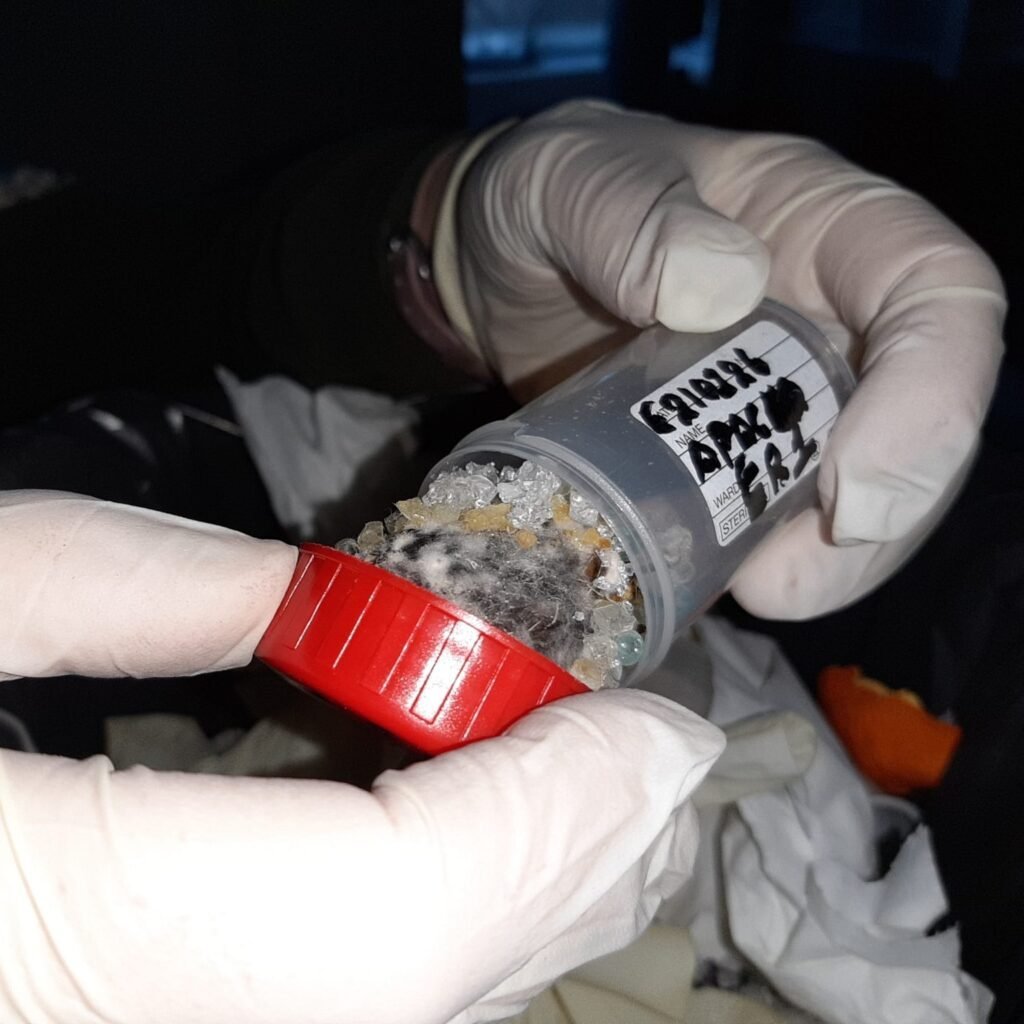“Phase 1” of the Italian Wolf Monitoring has been concluded
The systematic collection of signs of wolf presence in the field ended, the “phase one” of the first national monitoring of the species ended the last 31 March, launched in autumn 2020 by the Ministry of the Environment (now the Ministry for Ecological Transition) and coordinated by ISPRA.
The LIFE WolfAlps EU project coordinated monitoring on all Alpine regions, from Piedmont to Friuli Venezia Giulia, and on the Ligurian-Piedmontese Apennines. About 1000 operators have been involved in this area, which have traveled about 1250 transects, repeating them periodically from October to March to cover a distance of over 8000 kilometers.
The Alpine wolf monitoring network includes Regions, National and Regional parks, forest police, technicians of hunting areas and 40 associations, including WWF, Cai, Legambiente, Lipu, Aigae. Special thanks go to the volunteers, who have made a fundamental contribution at their expense and in their spare time, and to the co-financiers of the LIFE project, and – in particular – to Fondazione Capellino.
























bty 
bdr 




Fieldwork was highly demanding, but necessary. It is not possible to count all wolf living in an area, since this species is elusive and move very long distances. The important novelty of 2020-2021 monitoring is its national scale: it is the first time that a sistematic, rigourous and cordinated monitoring take place at a National level in Italy.
Up to now, regarding wolf monitoring, the Peninsula was split in two: in the Alps starting from the return of the first packs in the 90s, data were collected in coordination, albeit with some discontinuity (for example, data lack from 2012 to 2014 and from 2019 to 2020). In the period 2017-2018, at least 293 wolves were estimated in the Italian Alpine regions (a figure now obsolete). Instead, on the Italian peninsula wolf monitoring was not performed in a coordinated manner, but each Istitution was responsible for its own territory (therefore with discrepancies in timing and methods). According to a recent estimation, made by summing up all data recorded along the peninsula, there are among 1000 and 2500 wolves.
In April begins the “phase two” of monitoring: all the collected data are validated and stored and the biological samples are sent to the various reference genetics laboratories. Once the genetic analyses will be completed, the results obtained will be implemeted with information from video- and camera traps, verified direct observations, tracks and wolf-howling. Then all data will be analyzed to obtain an estimation of wolf distribution and the minimum number of wolf living in Italy.
By the end of 2021 we will therefore have the first estimate of wolf numbers at a National scale. An important index, required by the European Commission since the the wolf is included in annex D of the Habitat directive, and which will be extremely important to guide management decisions. The first step for wolf management is in fact a robust knowledge of population status, obtained through standardised methods.










